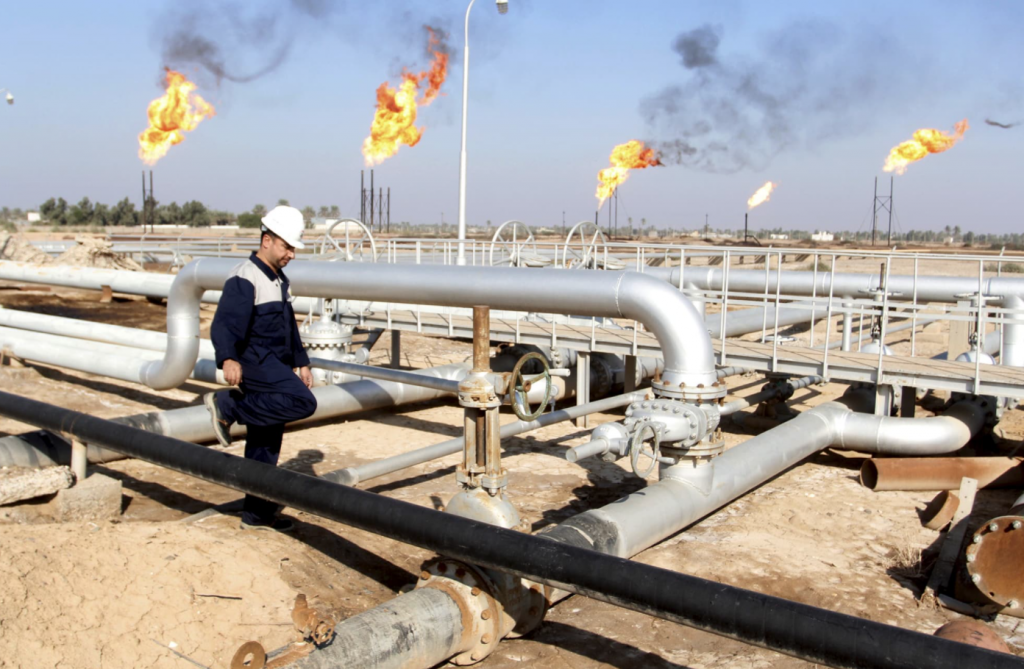
Iraq will pump less oil this month and next to make up for excess production last year, the deputy chief of SOMO, the oil marketing company of Baghdad.
For both January and February, Iraq plans average daily output of 3.6 million barrels, Ali Nizar told Bloomberg in an interview. This would compare with 3.85 million barrels daily for December.
Exports will also fall, to some 3 million bpd from 3.3 million bpd for December, as long as the Kurdistan Regional Government agrees to cut its oil output as well, Nizar said. The December export figure significantly exceeded Iraq’s own forecast for the month, which saw exports at 2.8 million bpd.
Separately, Iraq reportedly plans to cut exports of crude to India, one of the world’s top three oil importers, to stay within its OPEC+ production quota. The news was unexpected, according to industry sources who spoke to Reuters last week, and involved supply cuts of between 10 and 20 percent to some Indian refiners.
Iraq is OPEC’s second-largest producer and exporter and the biggest supplier of oil to India. However, the country has consistently failed to meet its production quota as agreed under the OPEC+ deal to control oil supply amid the pandemic. As a result, OPEC’s number-one, Saudi Arabia, threatened the laggard and its fellow quota violator Nigeria that it would start pumping more oil unless they got in line. Since then, the two have been trying, committing to deeper cuts than initially agreed to make up for the overproduction.
With production capped, Iraq is struggling to maximize what it can export. Recently, the country struck a deal with a Chinese company to supply it with crude in exchange for an advance payment of $2 billion. Baghdad needs the money now to prop up its ailing economy that has yet to recover from the effects of the war with the Islamic State.























